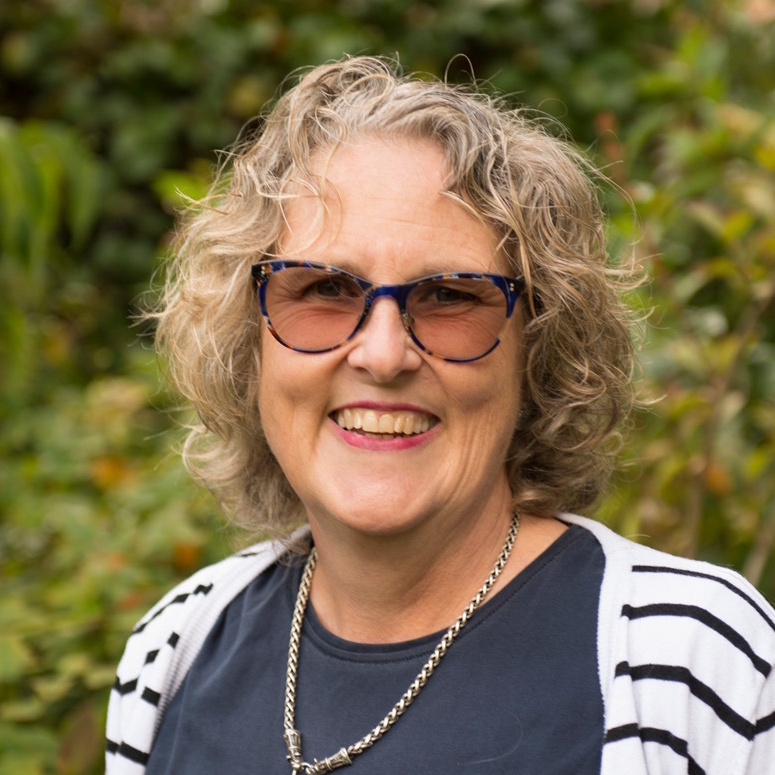Trust, Philosophy, and Vision: The Essence of Sudbury Schools
What is Sudbury? This question has been asked countless times in various settings over the years, and it has never received a definitive answer. Why? Because it is not the model itself, but the underlying philosophy—a deeper philosophical attitude toward life and how young people are treated—that forms the foundation.
At its core, this philosophy views children not as ‘becoming’ but as ‘being.’ As Daniel Greenberg, founder of the original Sudbury school (Sudbury Valley School), wrote in A Place to Grow (2016): “They are completely equal—not partly equal, not almost equal, not gradually more and more equal as they grow older.” One of the core principles is ‘trust.’
Treating young people as full-fledged human beings is the cornerstone of this approach. Consequently, the model that emerges places full responsibility for community life and personal choices on every individual, regardless of age. This includes responsibility for their own education. The model is not rigid or fixed; it is the philosophy that shapes the practices in these schools. The organizational structure naturally supports this fundamental principle, often leading to similarities in ways of working.
From my visits to various Sudbury model and comparable schools, including Sudbury Valley School, two things have consistently stood out:
- Organizational Similarities: A weekly school meeting and a daily Judicial Committee (JC) are common features, as are the clerks and committees elected by the school meeting, among other distinguishing features. Full transparency about responsibilities, powers and rules and an equal voice in decision-making. Equal rights and duties regardless of age, no imposed division of age groups.
- A Shared Culture of Respect: The way people of all ages interact with ease and mutual respect is remarkably consistent across these schools.
We strive for unity, believing that shared similarities make us more recognizable to outsiders. However, achieving this is challenging, as there is no definitive set of criteria to follow, nor is it clear who should determine those criteria. Since trust is a fundamental principle of these types of schools, we must trust that schools, while sharing core characteristics, also possess unique differences due to the circumstances and people involved. Ultimately, each school, like its students, is responsible for learning, evolving, and implementing its vision into practice.
I would advocate for people to remain true to themselves and collaboratively build a clear vision before establishing a school. If their vision aligns with the principles of young people’s autonomy and responsibility, it may breathe the same atmosphere that is so unique to Sudbury or comparable schools.
Ultimately, it is the clarity with which you communicate your vision and the culture of your school that attracts people—not just the name.
Stay tuned!
Subscribe to receive notifications about new articles in our blog.
By clicking the button you agree to our Privacy Policy
Up next:

